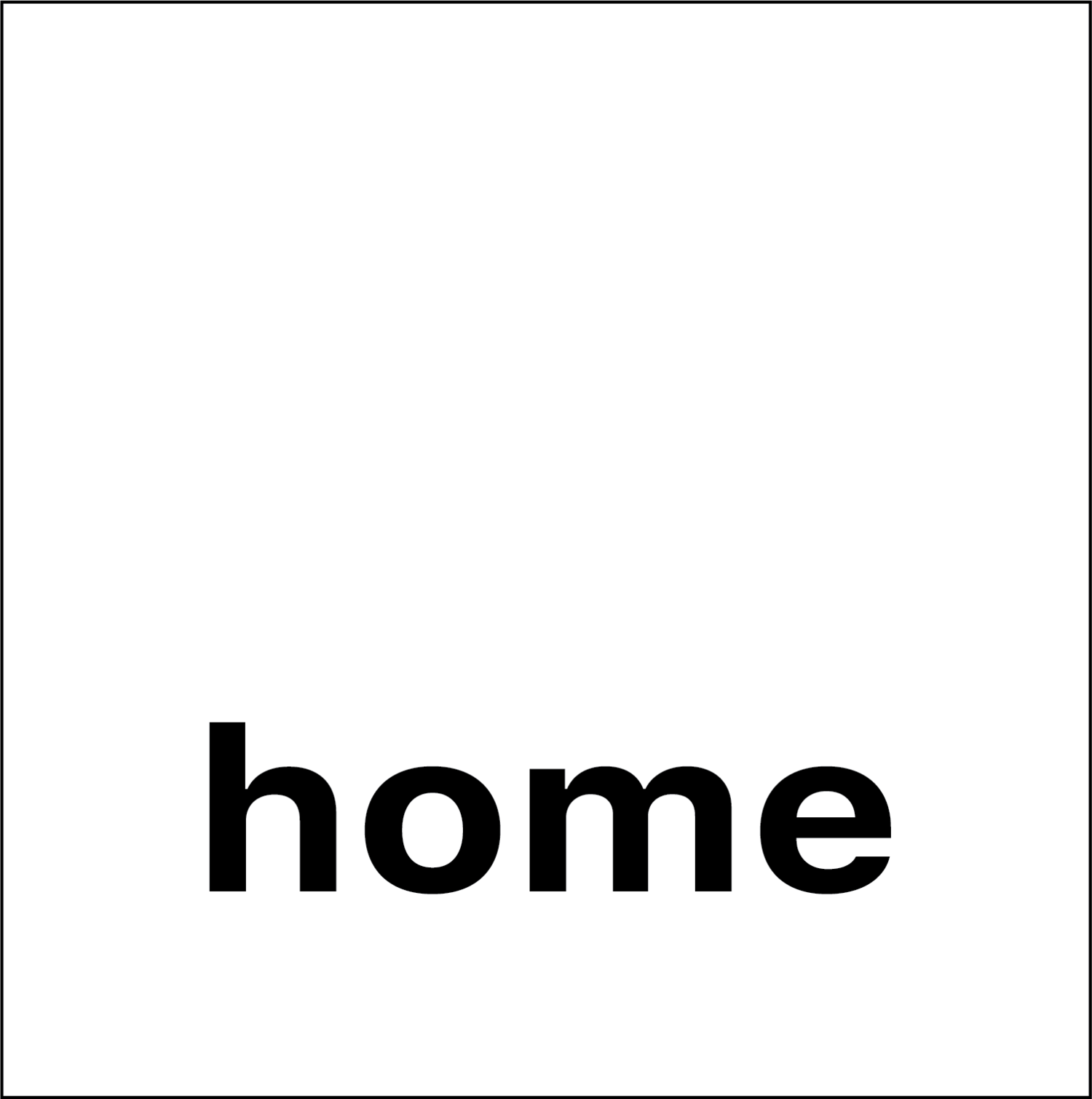Craig Jun Li
...tell me what you want, what you really, really want
curated by ACOMPI
November 5 – December 20, 2022
Opening: November 5, 2022, 5 – 7 pm
(NEW YORK, NY — October 20, 2022) ACOMPI is thrilled to present ...tell me what you want, what you really, really want (November 5–December 20, 2022), the first solo exhibition in New York City by artist Craig Jun Li.
The cavernous installation takes cues from both its immediate surroundings—a neighborhood in Chinatown where construction and scaffolding spill from interiors into the street—and the ancient Chinese grottoes that Li visited while growing up: mountainsides with empty carved niches that originally housed Buddhist sculptures. After researching the history of Chinese grottoes—marked by destruction and pillaging—and the circulation of stolen sculptural objects once attached to their niches, Li examines “excavation" in considering the history of Chinese immigrants and migrants in the United States. ...tell me what you want, what you really, really want draws on HOME Gallery’s architectural frontality and its resonance with “face" value.
In the window-front gallery, Li presents a facade decorated and punctured with various elements: a wind chamber containing street trash collected around the block; a two-channel video installation with digital monitors housed in repurposed security cameras; three chain-linked clocks using jade rollers as hands; and dents, some flocked and stained with food residue, others inlaid with silicone panels that contain recycled chili oil. These materials, many directly sourced from Manhattan’s Chinatown, propose alternative ways of seeing through the constant performance of slicing, reappropriating, and discarding cultural heritage and artifacts. Considering the process of extraction as inherently subtractive or negative, Li uses photographic methodologies to create new embodiments that function as “positives.” These simple machines reflect back the allure of the everyday while transforming shards, trash, and excess into mechanisms of reorientation.
The videos on display present pirated clips from the acclaimed Wong Kar-wai film In the Mood for Love (2000). Li examines how Hong Kong — an ever-shifting, highly politicized place, and a former British colony — is portrayed in Western popular media. Appropriating methods commonly used to evade copyright issues online, Li recorded the original film in mirror reflection and slowed down its playback speed. Literally shown in the fashion of East-West reversal, the two clips contain moments in the film when the protagonists are chaing while eating. Tied to Li’s long-time fascination with the mouth as a threshold that both generates language and consumes sustenance, the monitor works evoke questions of feelings and experiences that are registered onto bodies but fail to materialize in words: how does anyone articulate themself in a language where they don’t belong?
The jade roller clocks fail to either tell time or to provide lymphatic relief. By separating the concentric circles representing seconds, minutes, and hours—and giving each cycle its own path—Li highlights the construction of linear time to evoke the speculative nature of engaging with history. A popular beauty tool, jade rollers are often marketed as vaguely engaging with conflated understandings of various East Asian cultures and rituals. By giving a new practical (if illegible) role of time-telling to these highly performative tools originally intended for human bodies, Li uses absurdity and humor to challenge static semiotic associations often present in Asian American representation.
Despite the highly theatrical presentation of their work, Li identifies as a “recovering minimalist.” They transform refuse, surveillance cameras, leftover food, and jade rollers not through reinvention but through recontextualization to extract hidden and suppressed potential from highly legible materials. “I often think about how Felix
Gonzalez-Torres once said he thinks of his art as minimalism in drag,” Li says. Less interested in offering resolutions, the artist has built a structure for contemplation and reflection. Collectively, the different apparatuses embedded within Li’s facade point towards the performative nature of diasporic identities intertwined with material embodiments that are highly commercialized and plastic. Titled “...tell me what you want, what you really, really want” — borrowing from the popular 1996 Spice Girls song Wannabe, which was released one year before Hong Kong’s formal passing of authority from the United Kingdom to the People’s Republic of China — the installation provokes collective desire for alternative futures deeply rooted in understanding the history of placeness that has been governed and othered.
ABOUT CRAIG JUN LI
Craig Jun Li (b. 1998, China) lives and works in New York. Li’s practice centers image and object circulation as the axis of perversion, utilizing residues of various alternative histories to investigate their contemporary resonance. These inquiries often take the form of ever-shifting installations composed of delicate and perishable materials. Li is a current MFA candidate at Hunter College. @helmet_lung
ABOUT ACOMPI
Founded by Constanza Valenzuela and Jack Radley, ACOMPI is a global curatorial project based in New York City. ACOMPI foregrounds interdisciplinary practice and collaboration and serves as a youth-oriented, community-ingrained platform to expand the intersection of independent curatorial practice and site-responsive public engagement. Recent projects include: Money Has No Smell at CUE Art Foundation, Transient Grounds on Governors Island, Shanzhai Lyric: Canal Street Research Association, and the colloquium “What Can NYC Art Museums Do For Immigrants?” at NYU Steinhardt. Their exhibitions have been featured in The New York Times, Artforum, New York Magazine, artnet, Hyperallergic, and The Brooklyn Rail, among other publications. @acompi.nyc


